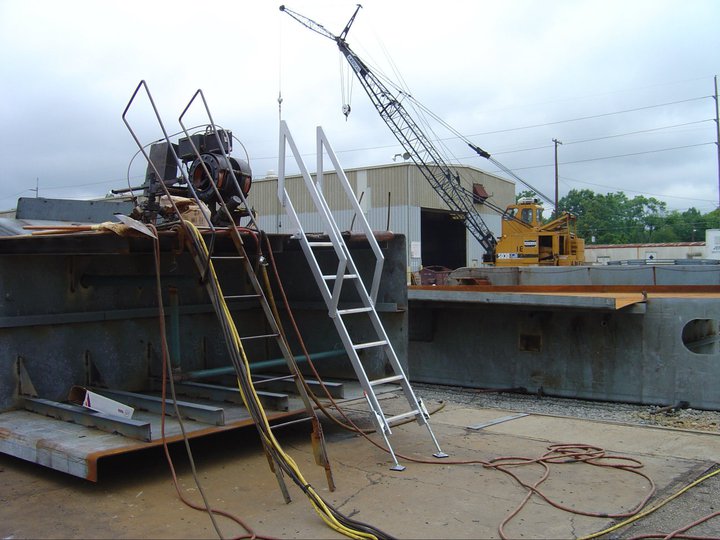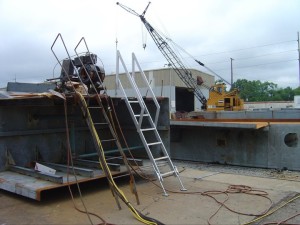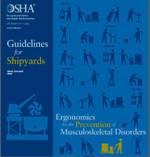Injury prevention programs have led to a significant reduction in workplace injuries while contributing to improved productivity, reduced turnover, improved OSHA compliance, reduced worker’s compensation claims and premium rates, and higher employee satisfaction. The costs of a worker injury can be devastating to individuals families and affect businesses on multiple fronts. In 2009, worker’s compensation benefits paid totaled $58 billion, and indirect costs have been estimated at 1.1 to 4.5 times the direct cost.
Indirect Costs of Worker Injury
- Wages paid to absent, injured workers
- Time lost due to work stoppage following injury
- Administrative time processing injury-related tasks
- Employee training and replacement following an injury
- Productivity loss due to new employee training
- Replacement cost for damaged material and equipment
Source: OSHA Injury and Illness Prevention Programs
Injury Prevention Programs: Effective and Scalable
As of 2012, 34 states, and countries around the world, have instituted required or incentivized injury prevention programs. The results of state programs are remarkable; work injury rates have been reduced by as much as 60 percent. Participating businesses have reported additional benefits and some have even encountered more sales opportunities due to their commitment to safety.
Despite the evidence, many businesses are slow to adopt injury prevention programs. The perception that implementation will be costly and burdensome, particularly for small businesses, can be difficult to overcome. The reality has been quite the opposite. Injury prevention programs are scalable when business owners focus on basic tenets: leadership, participation, hazard identification and prevention, training, and continuing improvement. The effect on the bottom line is also a positive, due not only to reduced workers compensation premiums and payouts, but also indirect morale, productivity, company image, and process improvements.
Mandatory Policy or Incentivized Benefit?
In a 2012 OSHA white paper, the effect of state programs was reviewed and the results are of interest to businesses considering an injury prevention program. Incentivized programs in Colorado, Massachusetts and North Dakota resulted in noticeably higher effectiveness compared to mandatory programs in other states. By providing a worker’s compensation premium reduction incentive, states reduced work injury by at least 20%, compared to mandatory programs with 10-20% reductions.
In addition to the basic principals of injury prevention and company-wide safety commitment, these results may be a factor to consider for businesses seeking to maximize the effect of injury prevention programs. Employees who believe their management team cares about safety risks are more motivated, aware, and productive, leading to advantages above and beyond cost benefit. Anyone who has held a management position knows that while blunt force may get the job done, it often comes with costs ranging from employee resentment to undermining the system.
Incentivize to Promote Safety Culture Investment
Incentivized programs may help to avoid unintended indirect costs while still reaping the benefits. By incentivizing safety initiatives, employees are more likely to perceive safety as a culture as opposed to a business owner’s cost saving agenda. Further, incentives will help to communicate safety as a company value with a higher purpose than simply complying to policy. Providing incentives for safety could be based on Key Performance Indicators constructed from hazard assessment initiatives and include cost savings sharing. Employees that are motivated by incentives will perceive safety not as a management priority but as a mutually beneficial investment.


